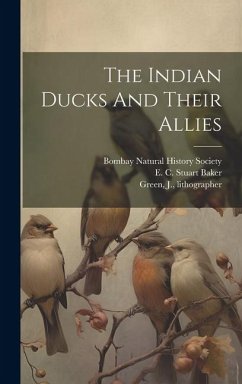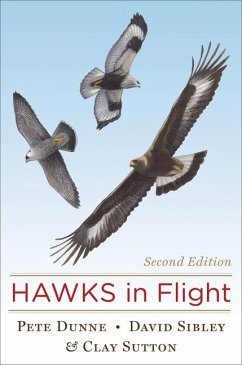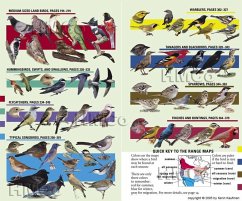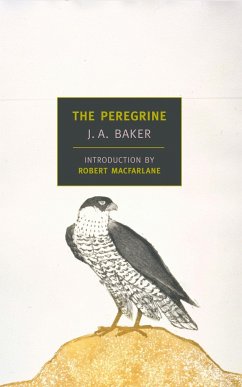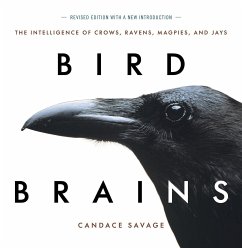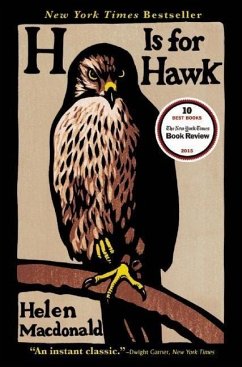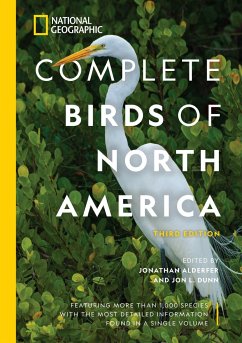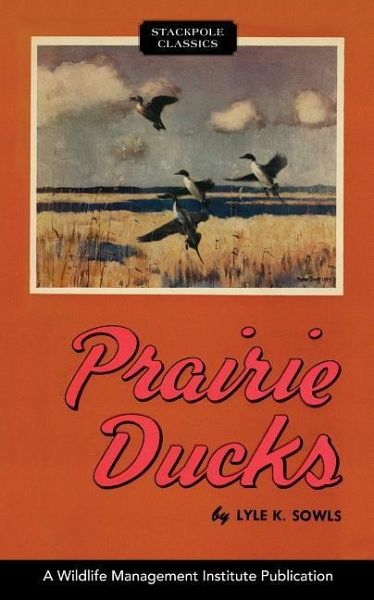
Prairie Ducks
Versandkostenfrei!
Versandfertig in über 4 Wochen
22,99 €
inkl. MwSt.

PAYBACK Punkte
11 °P sammeln!
The success of duck hunters throughout much of North America each fall depends to a large degree upon the spring productivity of the breeding waterfowl in the northern prairie states and the central provinces of Canada. In southern Manitoba, in the Waterfowl Research Station, a privately endowed outdoor laboratory owned by the North American Wildlife Foundation and operated by the Wildlife Management Institute. Its principal purpose is to determine facts useful in the management and perpetuation of this international migratory resource. When Dr. Lyle K. Sowls began his studies at Delta in 1946...
The success of duck hunters throughout much of North America each fall depends to a large degree upon the spring productivity of the breeding waterfowl in the northern prairie states and the central provinces of Canada. In southern Manitoba, in the Waterfowl Research Station, a privately endowed outdoor laboratory owned by the North American Wildlife Foundation and operated by the Wildlife Management Institute. Its principal purpose is to determine facts useful in the management and perpetuation of this international migratory resource. When Dr. Lyle K. Sowls began his studies at Delta in 1946, many wide gaps remained in the knowledge of the relationship of breeding ducks to their home range. There were many scattered observations and a growing mass of data accumulated through the study of banding returned; but the activities of individual ducks during the critical spring months and the activities and the fate of broods each summer remained largely a mystery. Sowls, working toward his doctorate in wildlife management as a graduate student of the University of Wisconsin, studied the waterfowl at Delta for five years in an attempt to plug some of those gaps through intensive study of the waterfowl on one limited are. His studies developed new techniques and brought out new facts that were startling even to waterfowl biologists, facts of prime importance to the duck hunter or to any one interest in the future of America’s waterfowl flights. As a result of Dr. Sowls’ research, new light has been shed on such factors as predation, renesting, and homing habits of the important species of game ducks, and already have become the basis for revised hunting regulations and give a new understanding of waterfowl problems.



